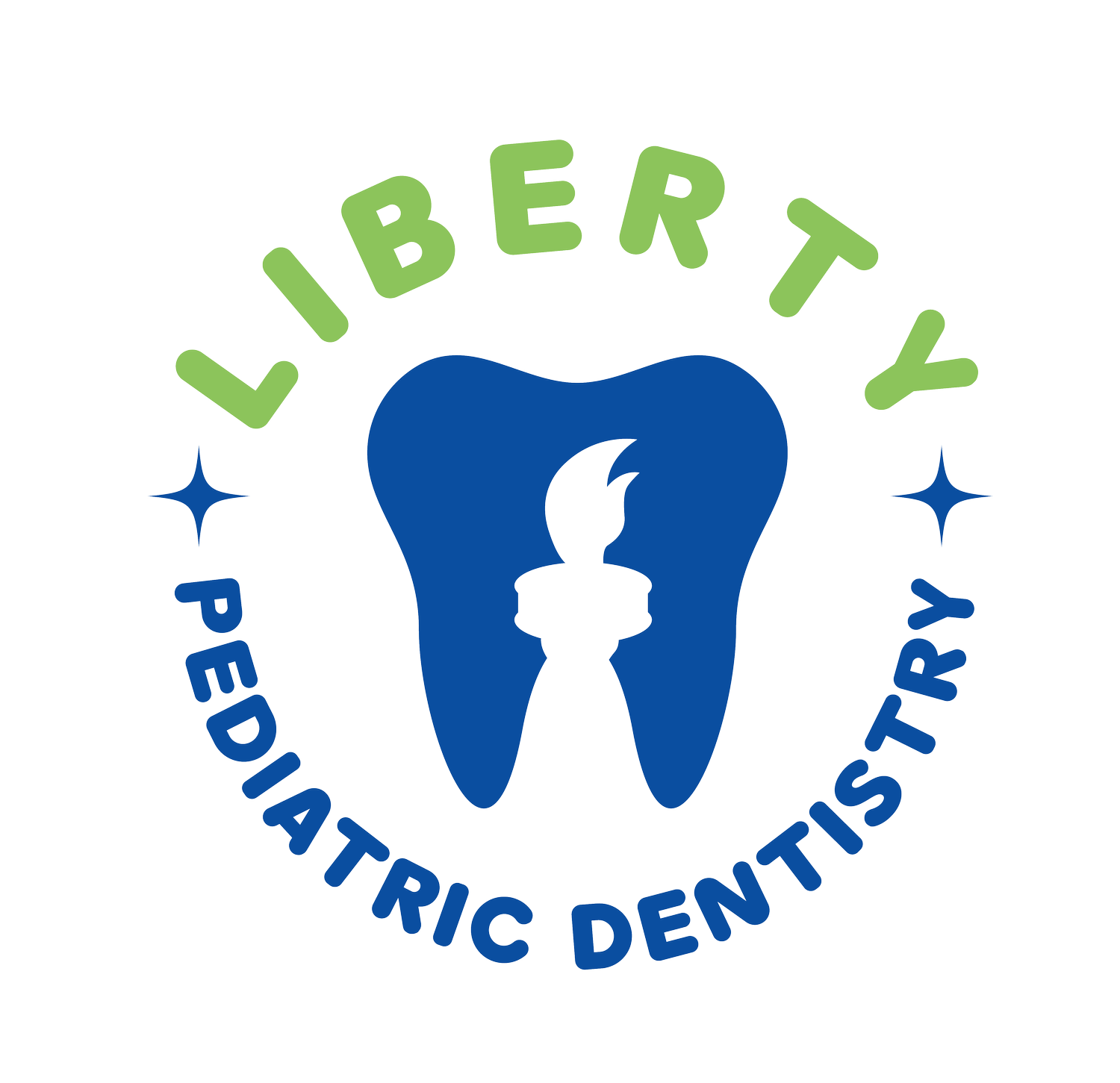
Helpful Resources
We’ve put together a go-to list of helpful resources for families—covering common questions, safety tips, and what to do in a dental emergency.
If you’re still curious, give us a call (513)654-0205—we love talking teeth!
-
The American Academy of Pediatric Dentistry recommends that children should have their first dental visit by their first birthday or within six months after their first tooth appears.
-
Brushing helps remove plaque bacteria that can cause tooth decay. Use a soft-bristled toothbrush with a small head—ideally one made for infants—and make sure to brush at least once a day, especially at bedtime.
-
The American Academy of Pediatric Dentistry recommends that children should have their first dental visit by their first birthday or within six months after their first tooth appears.
-
Pediatric dentists are like the pediatricians of the dental world! They complete an additional two to three years of specialized training after dental school, focusing exclusively on caring for children. Pediatric dentists provide both primary and specialized oral care for infants, kids, and teens—including those with special health care needs.
-
Baby teeth, also known as primary teeth, play a big role in your child’s development. They help kids chew their food, speak clearly, and even guide the permanent teeth into the right position when it's time for them to come in.
-
You can help prepare your child by talking to them about the dentist in a positive and age-appropriate way. You can also bring their favorite toy or blanket to help them feel more comfortable.
-
Yes, dental X-rays are safe for children. We take necessary precautions to minimize radiation exposure, and the benefits of X-rays in diagnosing dental issues far outweigh the risks.
-
You should start cleaning your child's gums with a soft cloth or infant toothbrush as soon as their first tooth appears. Once they have multiple teeth, you can start using a small amount of fluoride toothpaste.
-
Help keep your child’s smile healthy by making brushing with fluoride toothpaste twice a day a daily habit, flossing once a day, and cutting back on sugary snacks and drinks. These simple steps go a long way in preventing cavities!
-
Dental sealants are thin, protective coatings applied to the chewing surfaces of the back teeth to prevent cavities. They fill in the grooves and pits of the teeth, making them easier to clean and less susceptible to decay.
-
Thumb sucking and pacifier use are common habits in young children and are usually harmless in the short term. However, if these habits persist past the age of five or six, they can affect the alignment of the teeth and the development of the mouth.
-
The ideal age for orthodontic treatment varies for each child, but we recommend an initial orthodontic evaluation around the age of seven.
-
If your child has a dental emergency, such as a toothache, knocked-out tooth, or broken tooth, contact Liberty Pediatric Dentistry immediately for advice and to schedule an emergency appointment.
-
Our team is trained to provide dental care to children with a variety of special needs. We work closely with parents to create a care plan that is comfortable and effective for each child.
-
No insurance? No worries! Liberty Pediatric Dentistry offers membership plans that make it easy and affordable to care for your child’s smile. Enjoy benefits like discounted treatments and routine cleanings—all designed to help your family save while keeping your child’s oral health on track.
-
If your child knocks out a tooth, rinse the tooth with water (without scrubbing), and place it back in the socket if possible. If you can't reinsert the tooth, place it in a container of milk or saliva and call Liberty Pediatric Dentistry immediately.
-
Yes, dental procedures are safe for children when performed by a qualified and experienced pediatric dentist. At Liberty Pediatric Dentistry, we use special techniques and equipment to ensure the safety and comfort of children during procedures.

